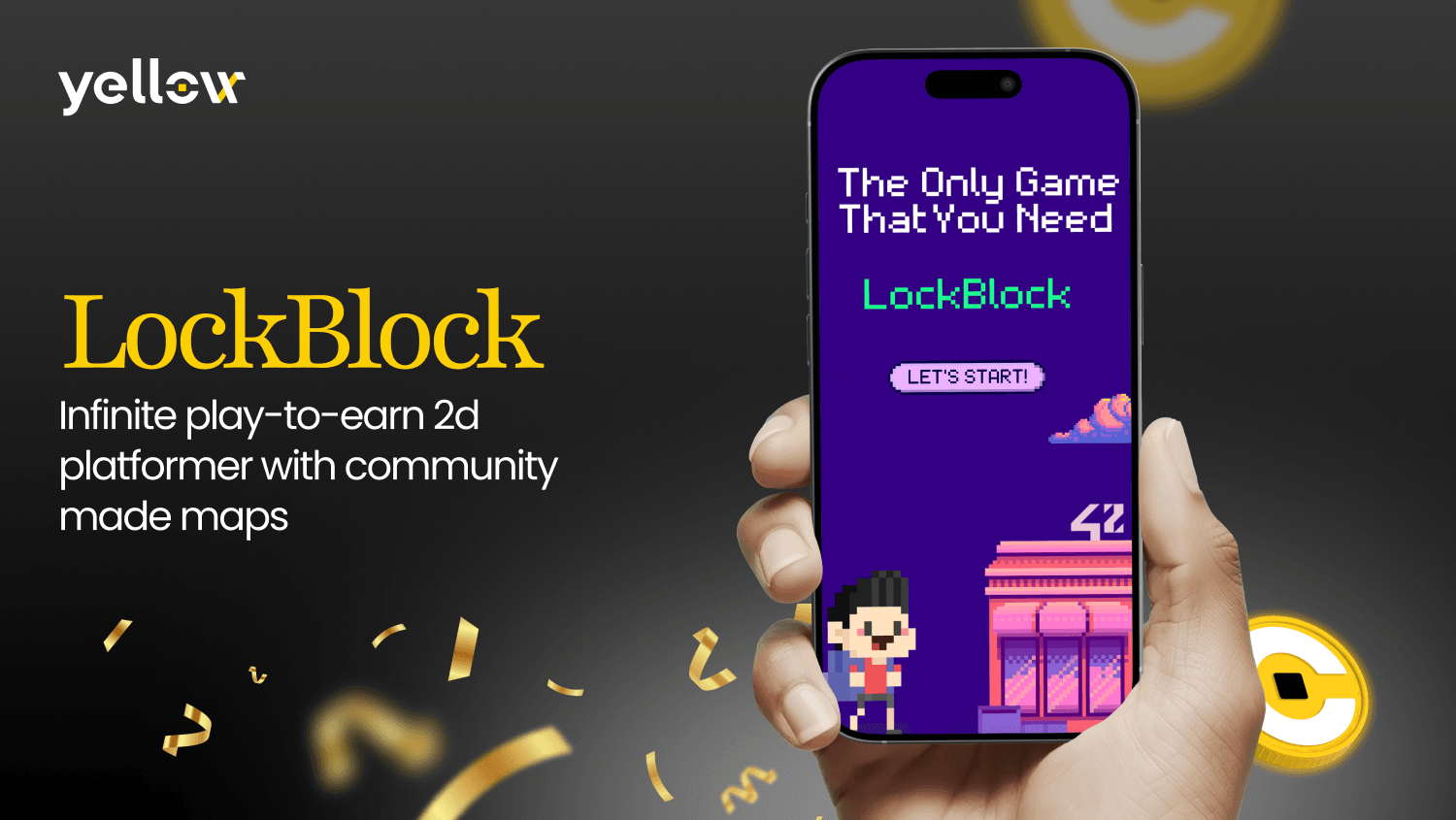LockBlock’s Blockchain Breakthrough: Merging Off-Chain Speed & On-Chain Trust in 2025
Game-changer or hype train? LockBlock's new platform promises to solve crypto's oldest trade-off—speed versus transparency—by stitching off-chain efficiency to immutable ledger security. Traders, meet your new liquidity playground.
The Off-Chain Speed Hack
LockBlock's proprietary tech slashes settlement times from minutes to sub-second—bypassing congested Layer 1s without sacrificing decentralization. Early benchmarks show 50,000 TPS... though we've heard that before from other 'ETH killers.'
On-Chain Audits Don't Lie
Every microtransaction gets batched and anchored to Ethereum or Solana, giving auditors (and regulators) full visibility. Finally—a bridge that doesn't make compliance officers want to quit crypto and raise alpacas.
Wall Street's Watching
Three hedge funds already run dark pools on LockBlock's testnet. Because nothing says 'institutional adoption' like recreating the exact opacity crypto was meant to destroy—just with fancier math.

What to Know:**
• Players wager tokens to enter levels where only one randomly-selected exit leads to rewards
• Chunk owners earn revenue by designing levels and setting token-based entry fees
• The platform uses Flow's on-chain randomness and audited smart contracts for transparency
The gaming platform operates on a token-based economy where players pay entry fees to access levels created by chunk owners. Each level contains multiple exits, but only one leads to a reward that equals the entry fee multiplied by the number of exits. The correct exit is determined through Flow's on-chain verifiable random function, ensuring fairness in the reward distribution process.
LockBlock's technical architecture combines blockchain infrastructure with real-time web technologies.
The frontend utilizes React and Ethers.js to handle wallet connections and communicate with the backend through REST and WebSocket protocols. A built-in map editor allows chunk owners to design levels and manage exit configurations.
The backend runs on Node.js and is powered by Nitrolite from Yellow, which functions as a state channel and transaction relay hub. This system manages off-chain token interactions and player session tracking while handling matchmaking, level availability, and result submission processes.
Smart contracts written in Solidity govern all game-critical functions including entry deposits, rewards distribution, chunk ownership, and moderation workflows. These contracts are deployed on EVM-compatible networks with interactions facilitated through Ethers.js on both frontend and backend systems.
The platform stores chunks as ERC-721 tokens with associated level metadata maintained on IPFS. Chunk owners can rent out their properties or design new maps to attract players and generate revenue. Token deposits are automatically distributed across multiple categories: reward pools, chunk owner royalties, protocol treasury, and moderation fees. This distribution system operates entirely on-chain to maintain transparency in all financial transactions.
Security measures include FLOW randomness for prize exit selection and audited smart contracts designed to prevent fraudulent activities. The platform logs player interactions both on-chain and off-chain with built-in dispute resolution mechanisms.
The development team created a bridge between Nitrolite and smart contracts to simulate instant deposit confirmations through channel state updates. This innovation allows players to begin gaming immediately without waiting for on-chain transaction confirmations.
Closing Thoughts
LockBlock represents a new approach to blockchain gaming by combining traditional 2D platforming mechanics with decentralized ownership and transparent reward systems. The platform's use of Yellow SDK and VRF technology creates a gaming experience that balances player skill with verifiable fairness in reward distribution.

